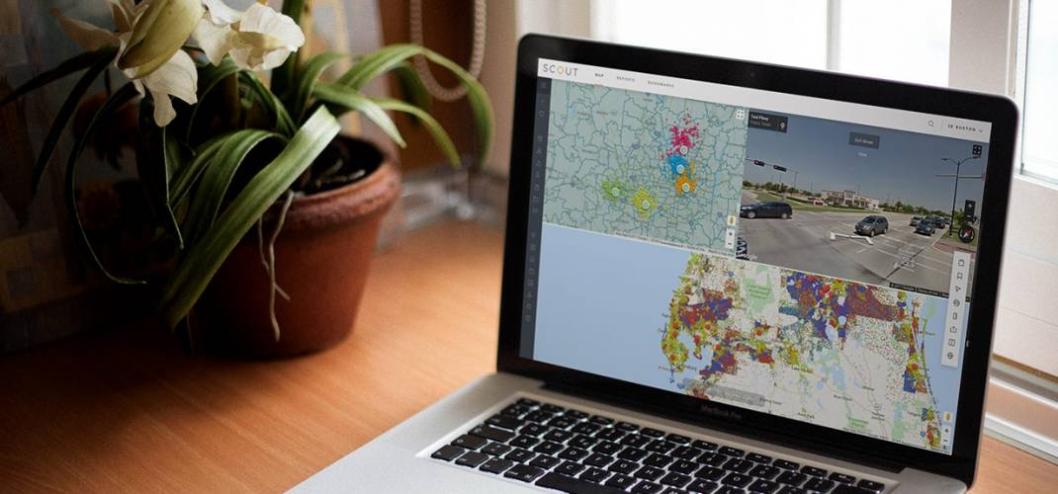How Can Satellite Data GIS Be Used to Track and Monitor Disease Outbreaks?
As the world faces the ongoing threat of disease outbreaks, the need for effective surveillance and monitoring systems has become paramount. Satellite data GIS (Geographic Information Systems) has emerged as a powerful tool in the fight against infectious diseases, providing timely and accurate information to support outbreak management and response.

Applications Of Satellite Data GIS In Disease Outbreak Monitoring
Surveillance:
- Early Detection: Satellite data GIS enables real-time monitoring of disease outbreaks, allowing health authorities to detect emerging threats early on.
- High-Risk Areas Identification: Satellite data can identify areas with high-risk factors for disease transmission, such as poor sanitation, overcrowding, and environmental hazards.
- Tracking Disease Spread: Satellite data GIS can track the spread of diseases across regions and countries, providing valuable insights into transmission patterns and potential hotspots.
Environmental Monitoring:
- Vegetation Indices Analysis: Satellite data can analyze vegetation indices to detect changes in ecosystems that may indicate disease outbreaks, such as deforestation or changes in water bodies.
- Water Quality Monitoring: Satellite data can monitor water quality and contamination risks, helping identify areas with potential waterborne disease outbreaks.
- Climate Variability Assessment: Satellite data can assess the impact of climate variability on disease transmission, identifying areas vulnerable to climate-related outbreaks.
Population Movement Tracking:
- Mobile Phone Data and GPS Tracking: Satellite data can utilize mobile phone data and GPS tracking to monitor human movement patterns, identifying potential transmission routes and areas of concern.
- Population Density Estimation: Satellite data can estimate population density and mobility patterns, providing insights into population dynamics and potential disease transmission risks.
Data Integration And Analysis
Integration Of Satellite Data With Other Data Sources:
- Comprehensive Datasets: Satellite data can be integrated with epidemiological data, census records, and health records to create comprehensive datasets for in-depth analysis.
- Accuracy and Reliability Enhancement: Integrating satellite data with other data sources enhances the accuracy and reliability of outbreak monitoring by providing a more complete picture.
Geospatial Analysis Techniques:
- Spatial Statistics and Machine Learning: Satellite data can be analyzed using spatial statistics, machine learning, and GIS modeling to identify disease clusters, hotspots, and transmission patterns.
- Predictive Models Development: Geospatial analysis techniques can be used to develop predictive models for outbreak forecasting, aiding in preparedness and response efforts.
Challenges And Limitations
Data Availability And Accessibility:
- Timely Access: Ensuring timely access to satellite data and other relevant datasets is crucial for effective outbreak monitoring.
- Data Gaps and Inconsistencies: Addressing issues of data gaps and inconsistencies is essential to ensure the accuracy and reliability of outbreak monitoring.
- Data-Sharing Mechanisms: Establishing data-sharing mechanisms among stakeholders is vital for comprehensive outbreak monitoring and response.
Data Processing And Analysis:
- Large Data Volumes: Handling large volumes of satellite data and ensuring efficient processing is a challenge that requires specialized infrastructure and expertise.
- Standardized Methods: Developing standardized methods for data analysis and interpretation is crucial to ensure consistency and comparability of results.
- Capacity Building: Capacity building for data analysis and GIS skills among health professionals is essential to maximize the utilization of satellite data GIS in outbreak monitoring.
Satellite data GIS has revolutionized disease outbreak monitoring and response, providing timely and accurate information to support public health decision-making. By integrating satellite data with other data sources and employing geospatial analysis techniques, health authorities can gain valuable insights into disease transmission patterns, identify high-risk areas, and forecast potential outbreaks. Despite the challenges in data availability and analysis, continued innovation and collaboration among various stakeholders will enhance the potential of satellite data GIS to improve global health security and mitigate the impact of disease outbreaks.
YesNo

Leave a Reply